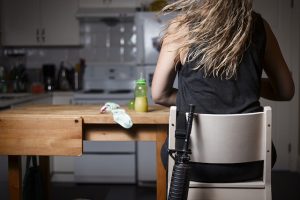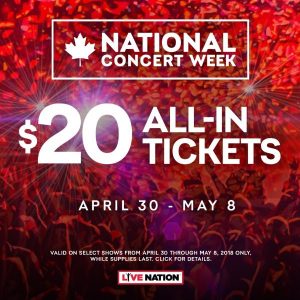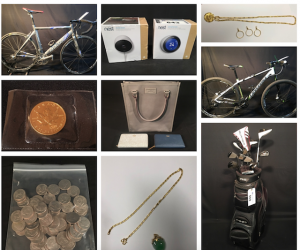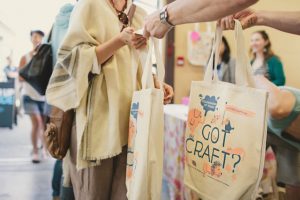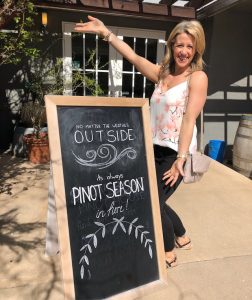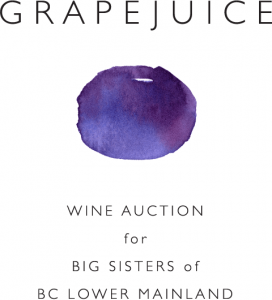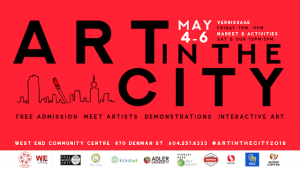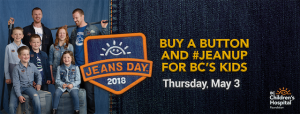Serena Ryder and Brett Kissel will headline Surrey Canada Day 2018! FREE at the Bill Reid Millennium Amphitheatre in Cloverdale (176 St & 64 Ave) in Surrey on Sunday, July 1, 2018 10:00am to 11:00pm (fireworks at 10:30pm).
Continue reading this post
ITSAZOO presents the Western Canadian Premiere of David James Brock’s award-winning drama WET May 8-27, 2018 in Vancouver. Enter to win a pair of tickets from Miss604.
Continue reading this post
Live Nation has just launched National Concert Week (April 30 – May 8, 2018) with a $20 ticket offer for over 150 shows across Canada! Check out shows for cheap in your hometown or travel around the country to enjoy live music from your favourite artists.
Continue reading this post
There are 18 participating restaurants that are supporting the Mother’s Day of Giving for BC Women’s Hospital + Health Centre Foundation on May 12 & May 13, 2018. This Mother’s Day, dine out at local restaurants who are giving back to the women in their community.
Continue reading this post
The VPD Recovered Goods Auction will take place on Saturday, April 28, 2018 comprising of goods recovered by the VPD and have gone unclaimed for the past six months. Many of these items will be auctioned off for a fraction of their original value.
Continue reading this post
The Got Craft? Spring Market: Got Craft? is celebrating its 23rd event as Vancouver’s largest indie craft fair. Hosted at The Maritime Labour Centre in East Vancouver with over 80 handmade makers on May 5 & May 6, 2018. Enter to win a prize pack from Miss604.
Continue reading this post
Contributor Jen Murtagh provides a recap of the Osoyoos Oyster Festival and previews a hot summer lineup of events and festivals in Osoyoos so you can start your trip planning now!
Continue reading this post
Bid on Rare Wines to Support Big Sisters of BC Lower Mainland! Ahead of the GrapeJuice Wine Auction event on April 26th, you can bid online for some of the rare wines in the silent auction.
Continue reading this post
Art in the City is the premier fine arts market in Vancouver’s historic West End, taking place May 4-6, 2018 at the West End Community Centre. Come support more than 50 local artists and unleash your creativity!
Continue reading this post
The 28th annual Jeans Day is coming up! Join over 200,000 participants across the province and sport your very best Canadian tuxedo all for a great cause. There are many ways to get involved, all in support of BC Children’s Hospital, and one of the highlights is the Jeans Day BBQ on May 3rd.
Continue reading this post
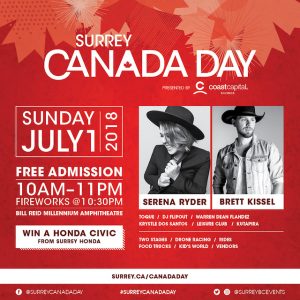
 Vancouver Polar Bear Swim Registration Open
Vancouver Polar Bear Swim Registration Open December Events in Vancouver 2025
December Events in Vancouver 2025 Free Holiday Events in Vancouver & The Valley 2025
Free Holiday Events in Vancouver & The Valley 2025
